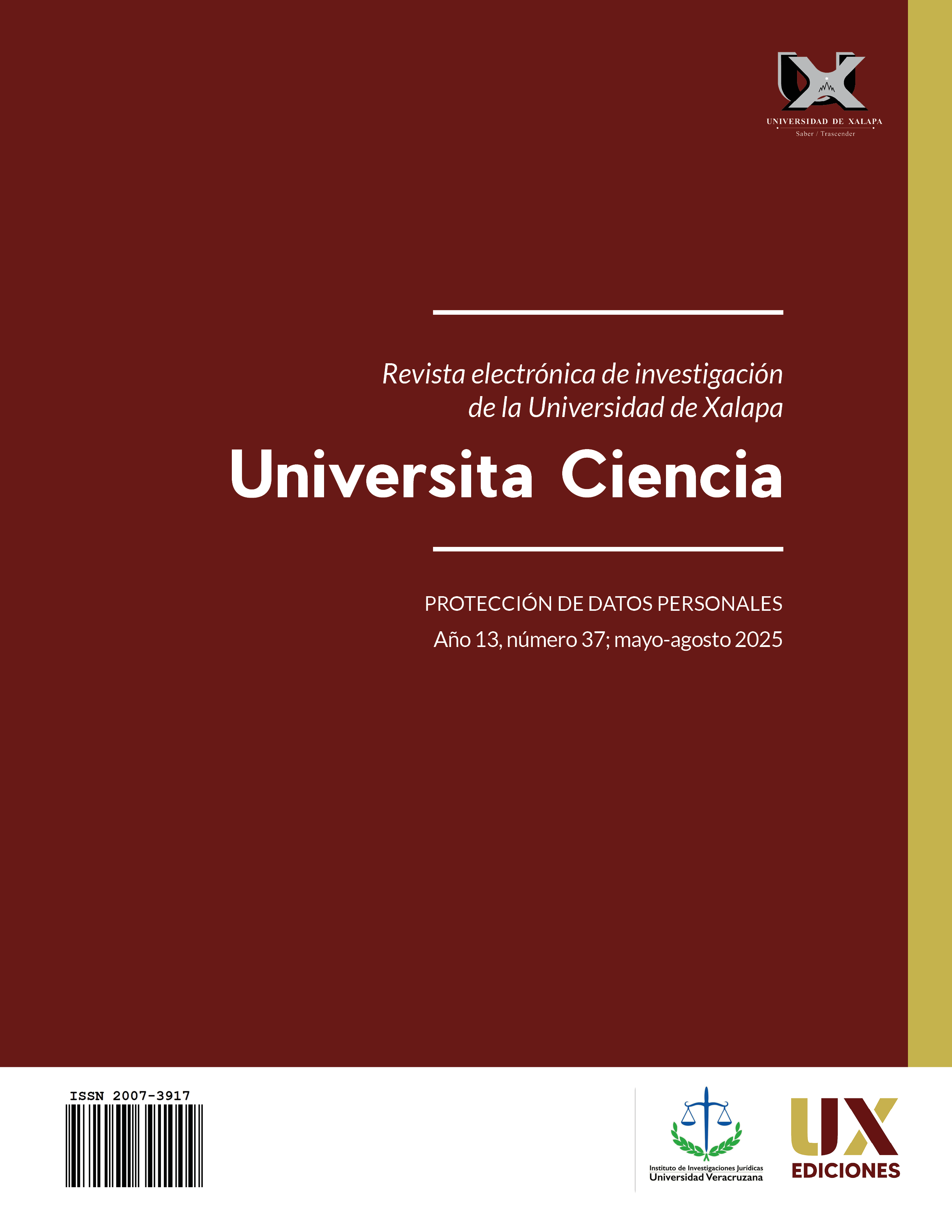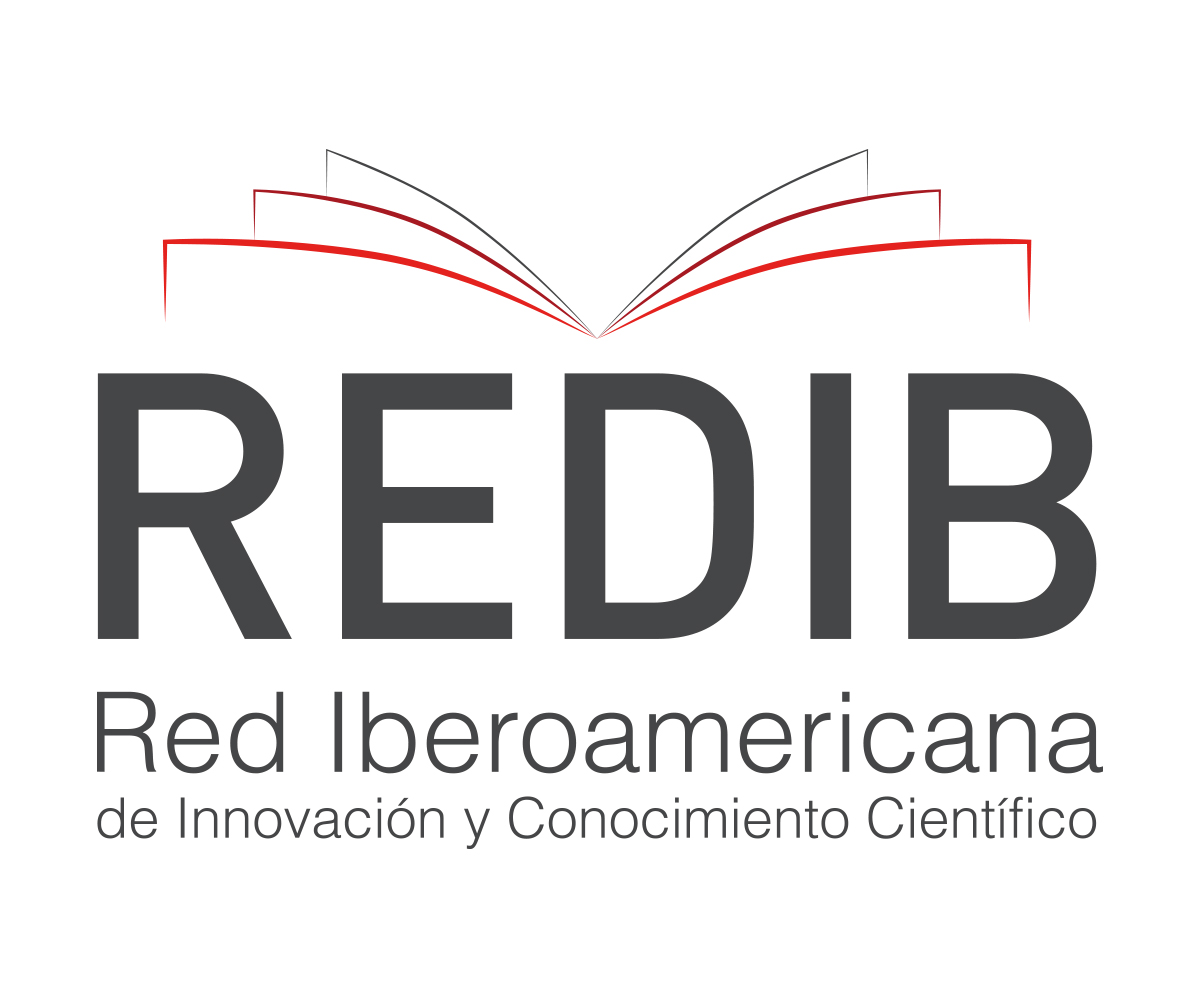The perception of service quality in higher education. The case of a private university located in the city of Xalapa, Veracruz, Mexico, from October 2023 to April 2024.
DOI:
https://doi.org/10.5281/zenodo.16577460Keywords:
service quality, perception of service quality, service quality in higher education institutionsAbstract
Knowing the level of satisfaction that consumers have with the product or service offered is a fundamental aspect since it contributes to achieving success in an organization, which is why for senior management to have diagnostic information on this factor is very important for decision making. The main purpose of this study was to estimate the level of perception of quality in the service experienced by students who attend a private university to obtain a bachelor’s degree or engineering degree, for which a survey was applied to a sample of 334 students. The data obtained allowed us to conclude that the current level of perception of students on the quality of service that they have just received from the university is GOOD. It also allowed us to conclude that “student seniority” could be an influential factor and that the gender of the informant does not influence the perception of the construct.
Metrics
References
Anderson, D. R., Sweeney, D. J., & Williams, T. A. (2008). Estadística para administración y economía. Cengage Learning Editores.
Colunga, C. (1995). La calidad en el servicio. Panorama Editorial.
Correia, S. M., & Miranda, F. (2012). DUAQUAL: calidad percibida por docentes y alumnos en la gestión universitaria. Cuadernos de Gestión.
Davis, K., & Newstrom, J. (1999). Comportamiento humano en el trabajo. McGraw-Hill.
Díaz Mata, A. (2012). Estadística aplicada a la administración y economía. McGraw-Hill.
Duque, E. J., & Diosa, Y. (2014). Evolución conceptual de los modelos de medición de la percepción de calidad en el servicio: una mirada desde la educación superior. Suma de Negocios, 5(12).
Fisher, L., & Navarro, V. (1994). Introducción a la investigación de mercados (3.ª ed.). Journal of Marketing, 54, 69–82.
Gutiérrez Broncano, S., & Rubio Andrés, M. (2009). El factor humano en los sistemas de gestión de calidad en el servicio: un cambio de cultura en las empresas turísticas. Cuadernos de Turismo, 23, 129–147. Universidad de Murcia. https://doi.org/10.6018/turismo.23.78571
Ishikawa, K. (1986). ¿Qué es control total de la calidad? Editorial Norma.
Kerlinger, F. N., & Lee, H. B. (2002). Investigación del comportamiento: métodos de investigación en ciencias sociales. McGraw-Hill.
Kinicki, A., & Kreitner, R. (2003). Comportamiento organizacional: conceptos, problemas y prácticas. McGraw-Hill Interamericana.
Kotler, P. (1997). Mercadotecnia. Prentice-Hall.
Kotler, P., & Armstrong, G. (2008). Fundamentos de marketing. Pearson Educación.
Mauch, P. (2014). Administración de la calidad: teoría y aplicaciones. Trillas.
Parasuraman, A., Zeithaml, V. A., & Berry, L. L. (1988). SERVQUAL: a multiple-item scale for measuring consumer perceptions of service quality. Journal of Retailing, 64(1), 12–40.
Published
How to Cite
Issue
Section
License

This work is licensed under a Creative Commons Attribution-NonCommercial-ShareAlike 4.0 International License.
This journal adheres to the Creative Commons license in the definition of its policy of open access and reuse of published material, in the following terms:
- Accessibility to articles and other publications in whole or in part under the concept of copying, distribution, public communication , interactive access (through the Internet or other means), explicitly maintaining the recognition of the author or authors and the journal itself (authorship acknowledgment).
- Warning that if the articles are remixed, modified or fragments used in other creations, the modified material cannot be distributed, nor is it allowed to reconstruct versions from the original published articles (derived works).
- The use of the contents of the published articles, in whole or in part, for profit (non-commercial recognition) is prohibited.
The author retains copyright, transfers or grants exclusive commercial rights to the publisher, and a non-commercial license is used.














